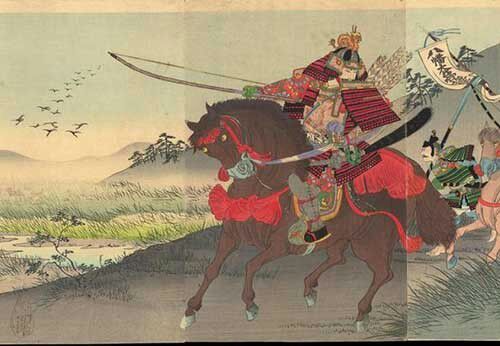
Some Japanese say that coins fall out when he shakes his mallet. This mallet of plenty can miraculously produce anything desired when struck. The magic mallet in his right hand (uchide nokozuchi 打ち出の小槌) is similar to the Greek cornucopia. His customary treasure sack is said to contain wealth, wisdom, and patience. Of Indian origin, Daikoku imagery in Japan is identified with the mythic Shinto figure Ō-kuninushi-no-Mikoto 大国主命 (Okuninushi-no-Kami translated as “Prince Plenty”). Source = and Daikoku at Iwaki Jinja, Fukushima Pref. Wearing armor and holding a sword, which reminds us of Daikokuten’s origins as a Hindu god of war.Īlso holding treasure bag. Heian Era, Important Cultural Property, Wood = Camphor 樟材, H = 171.8 cmĭaikokuten at Kongōrinji Temple 金剛輪寺 (Shiga prefecture), Heian Period, Painted Wood, H = 49.9 cm Japan’s oldest extant wooden statue of Daikokuten. In addition, says the Buddhism (Flammarion Iconographic Guides), “The main pillar of a house in the traditional Japanese style assumes the name of Daikoku-bashira 大黒柱 or ‘pillar of Daikoku,’ meaning ‘pillar of luck and wealth.’” ĭaikokuten at Kanzeonji Temple 観世音寺 (Fukuoka prefecture) Saichō is also credited with introducing a three-headed form of Daikoku known as Sanmen Daikoku. Hiei 比叡 in the 9th century by Saichō 最澄 (767-822), the founder of Japan's Tendai sect.

In Japan, the practice is thought to have been introduced on Mt. This tradition is thought to have come from India and China, where images of Mahākāla (Daikoku's Sanskrit name) were placed in monastery kitchens to provide for the nourishment of the monks. He appears on posters, key chains, mobile-phone accessories, toys for children, and many other commercial goods.ĭaikoku is also considered a deity of the kitchen and a provider of food, and images of him can still be found in the kitchens of monasteries and private homes. Images, paintings, and other artwork of Daikokuten can be found everywhere in modern Japan, showing him alone, paired with Ebisu (considered his son in many traditions), or grouped with the Seven Lucky Gods. There are other forms, including a female form, but in Japan, the god is invariably shown standing on two bales of rice holding his magic mallet and treasure sack. However, since the early 14th century, Japanese artwork of this deity starts showing him as a cheerful and pudgy deity wearing a peasant’s hat (called Daikoku-zukin 大黒頭巾) and standing on bales of rice (tawara 俵), carrying a large sack of treasure slung over his shoulder and holding a small magic mallet. The statue depicts the deity with a fierce expression, reminding us of his Hindu origin as a war god, as does the late-Heian sculpture of Daikoku at Kongōrinji Temple 金剛輪寺 (Shiga prefecture), which shows him dressed in armor. The oldest extant image of Daikokuten in Japan is dated to the late Heian period (794-1185) and installed at Kanzeonji Temple 観世音寺 (Fukuoka prefecture). Durgā), the wife of Śiva, or else a form of the war god Daijizaiten (another Japanese name for Śiva).ĭaikokuten 大黒天 or Daikoku 大黒 is widely known in Japan as the happy-looking god of wealth, farmers, food, and good fortune, although in earlier centuries he was considered a fierce warrior deity. In esoteric schools, he is also considered the masculine form of Kālī (i.e. Originally a Hindu warrior deity named Mahākāla (an emanation of Śiva transliterated Makakara 摩訶迦羅), but later adopted into the Buddhist pantheon and appearing by at least China’s Sui 隋 dynasty (581-618) in Buddhist texts. Daikoku, Zuisenji Temple, Kamakura, Muromachi Era Daikoku, Private Garden, Kamakura, Early Showa EraĤ. Daikoku, Hase Dera, Kamakura, 15th Century (circa 1412)ģ. Daikoku, Date Unknown, Found on web, No data availableĢ. References: Flammarion Iconographic Guide - Buddhismġ. Virtue for the Shogun Tokugawa Iemitsu (1623-1650 AD).

Jigen Daishi) symbolized each of the seven with an essential Monk Tenkai (who died in 1643 and was posthumously named The grouping changed over time, but a standardized setĪppeared by the 17th century. That appeared from the 15th century onward. Japan's Seven Lucky Gods are a popular grouping of deities


 0 kommentar(er)
0 kommentar(er)
